Saint Lucia’s postcard-perfect beauty has long attracted travellers seeking sun, sand, and serenity, but a dramatic shift in the island’s hospitality industry has sparked a heated conversation. Is the island leaning too far into luxury and leaving too many travellers behind?
In recent years, a growing number of hotels have repositioned themselves as luxury or couples-only resorts. From the transformation of Marigot Bay Zoëtry to the closure and soon-to-be rebranding of St James Morgan Bay as a Secrets Resort, the trend is unmistakable: exclusivity is in, and affordability is kind of being edged out.
But not everyone is buying into this luxury-first strategy. Virgin Atlantic recently pulled out of the Saint Lucian market, citing the dwindling supply of family-friendly and budget-conscious accommodations. And this isn’t the first time—the airline had previously withdrawn over similar concerns, only to return after the Saint Lucian government promised to address the issue. Now, with those promises unfulfilled, they’ve exited again.
Tourism Minister Dr Ernest Hilaire addressed the matter candidly at a recent pre-Cabinet briefing. “We are a honeymoon destination, we are a wedding destination,” Hilaire noted. “And couples usually travel. St Lucia is moving rapidly into becoming a luxury destination. So the daily rate is actually getting higher… We need to have a more diverse offering.”
It’s a delicate balancing act: investors are chasing high nightly rates and luxury clientele, while airlines need inventory they can package for families and average-income travellers. With only a few hotels like Royalton, Coconut Bay and Windjammer offering family-friendly options, the variety that once fueled broader tourism growth is quickly vanishing.
Noorani Azeez, CEO of the Saint Lucia Hospitality and Tourism Association, says the shift isn’t arbitrary; it’s driven by market demand. “Over the years, we have seen a deliberate… shift towards the luxury end of the market. And so Saint Lucia [is] being increasingly perceived as a high-end destination,” he told St Lucia Times. “There is a very strong marketing push and interest in luxury-type experiences on island.”
But at what cost?
The shift is already impacting tourism dynamics. Airlines like Virgin rely on a mixed clientele to fill their flights, especially “the back of the plane,” as Azeez puts it. Without a robust inventory of three- and four-star accommodations to attract families and budget-conscious travellers, the island risks becoming inaccessible to a wide swath of potential visitors.
The impact of fewer mid-range and budget accommodations is being felt not just by airlines, but by travellers themselves, especially families. “If you’re going to travel with husband, wife, three children, that’s five. You have to buy a ticket for five. You have to pay for accommodation for five. So you can imagine… the challenge that would pose.”
The tourism minister agrees that this approach is not sustainable in the long term. “We’re pushing home accommodations and PPE (Private Property Experiences),” Hilaire said. “But airlines want rooms they can book and sell. We need mid-range hotels.”
According to Azeez, the next step is creative policy. “We have to incentivise that as a country, as a government,” he said. “We may even start to want to look at how we can… create more public-private sector partnerships to co-invest in niches that are critical for our diversification.”
The challenge, then, is clear: how does St. Lucia continue its rise as a high-end destination without closing the door on more diverse, inclusive travel?
The future might still look bright, as Minister Hilaire insists, but if the island fails to cater to both champagne and coconut water budgets, that future could become a lot more exclusive than intended.





This is a bubble that will eventually burst and leave the country at a major disadvantage. Also, the “exclusive” and “high-end” target market will further box out the locals from benefitting from tourism. The government is contradicting its own self. On one hand, they are calling for village tourism. On the other hand, they are promoting the destination as a “luxury destination”.
When there is no more beaches for foreigners to build hotels they will start building hotel in Morne Du Don, Leslie Land. Marchand, Lavery, un the Morne and Barcartel . Hotels hotel every where for young people with cxcs to work for 6:52 cents an hour….
Imagine inviting people into your home, which is unkempt, unsanitary, unsafe … So Mr Heliar, before you offer “luxury accommodations” to incoming visitors to our home – fix it up first.
Secondly, pay attention to us who put your government to run our affairs in the eco-system, including parks and recreation spaces for all. Stop sullying and pushing us out of our beaches!
St Lucia just too expensive …..and this what I have been told or read about time and time again. Yes we need “luxury” but that alone won’t do for us……we need more all inclusive hotels and a few added attractions to bolster our tourism.
I listen to the minister and read this article expecting further details about how the issue would be addressed. Nada the minister donot even have a starting point because he is contradicting himself. It was not an unknown issue the headlights was turned on full by successive government’s as they approved hotel developments and promote the island as a luxury destination with pride! No incentives or provisions are offered to attract the construction of or encourage locals to invest in mid range 3 and 4-star hotels for families.
What is the government’s policy to change that? Mr minister that has been your responsibility to address over the last four years in office it is not for us, the joe public to offer solutions. And when we do it is rejected. Please stop saying the obvious as if we the people are so dumb we can not see or understand simple issues (it is not complex) as you stated. As Many other Caribbean countries has successfully offer the range example Barbados, Jamaica, Antigua etc,.